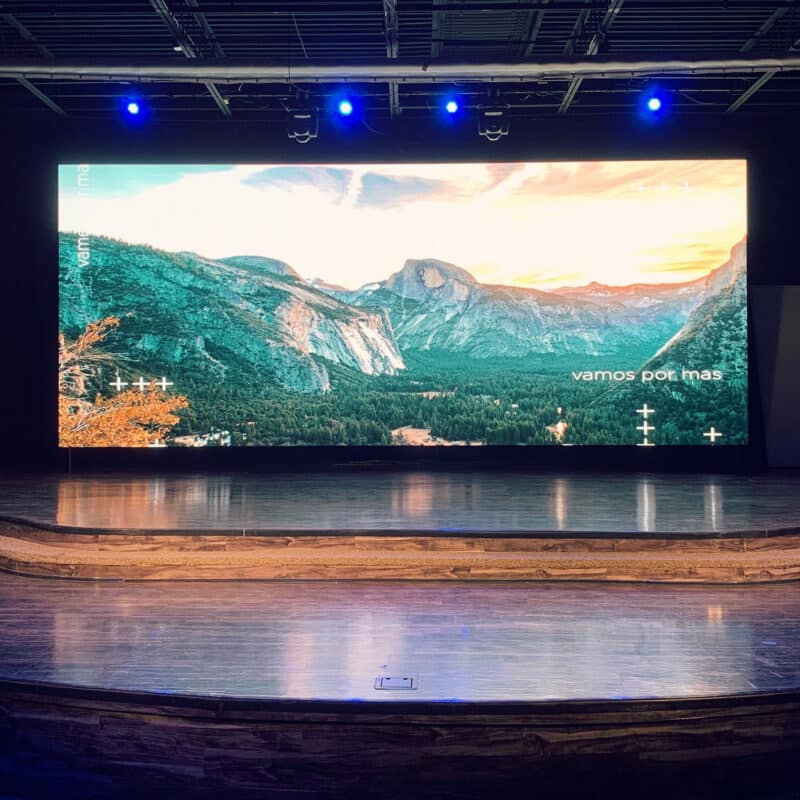To get a grasp on brightness-to-darkness ratios better, it is beneficial to comprehend how they are calculated. The ratio is typically represented as two numbers, such as 1000:1. This indicates that the lightest white is 1,000 times brighter than the darkest black. Displays with elevated contrast ratios offer deeper blacks and brighter whites, which improves the overall image experience. When viewing a film or engaging with a video game, for example, these differences can create a more immersive environment. Users can observe elements that may be unnoticeable in displays with lower contrast ratios.
Different types of display technologies, such as LCD, light-emitting diode, and OLED, have different contrast ratios. Organic LED displays are known for their excellent lightweight led wall systems contrast because they can turn off individual pixels entirely, producing true black like it levels. Conversely, conventional liquid crystal screens may fail to achieve similar levels of blackness due to their backlighting methods. It is important for consumers to consider these differences when choosing a display for their requirements. Grasping how each technology manages contrast can significantly influence satisfaction with the product.
Moreover, the significance of brightness ratio goes beyond recreational use; it also affects productivity in professional environments. For tasks demanding detailed visual analysis, such as graphic design or image editing, having a display with a high contrast ratio enables greater accuracy and clarity. This means creatives can see subtle details in their artwork or photographs without strain. In educational settings, learners gain from enhanced displays that make educational content more interactive and easier to understand.

In conclusion, improving image quality through grasping contrast levels is vital for anyone using display technology. A greater contrast ratio results in better image quality by providing richer colors and more detail in images. As technology continues to evolve, consumers should remain informed about these specifications to make choices that best suit their preferences and needs. Whether for entertainment or work, knowing about contrast ratios helps enjoyment and efficiency in using screen technology.